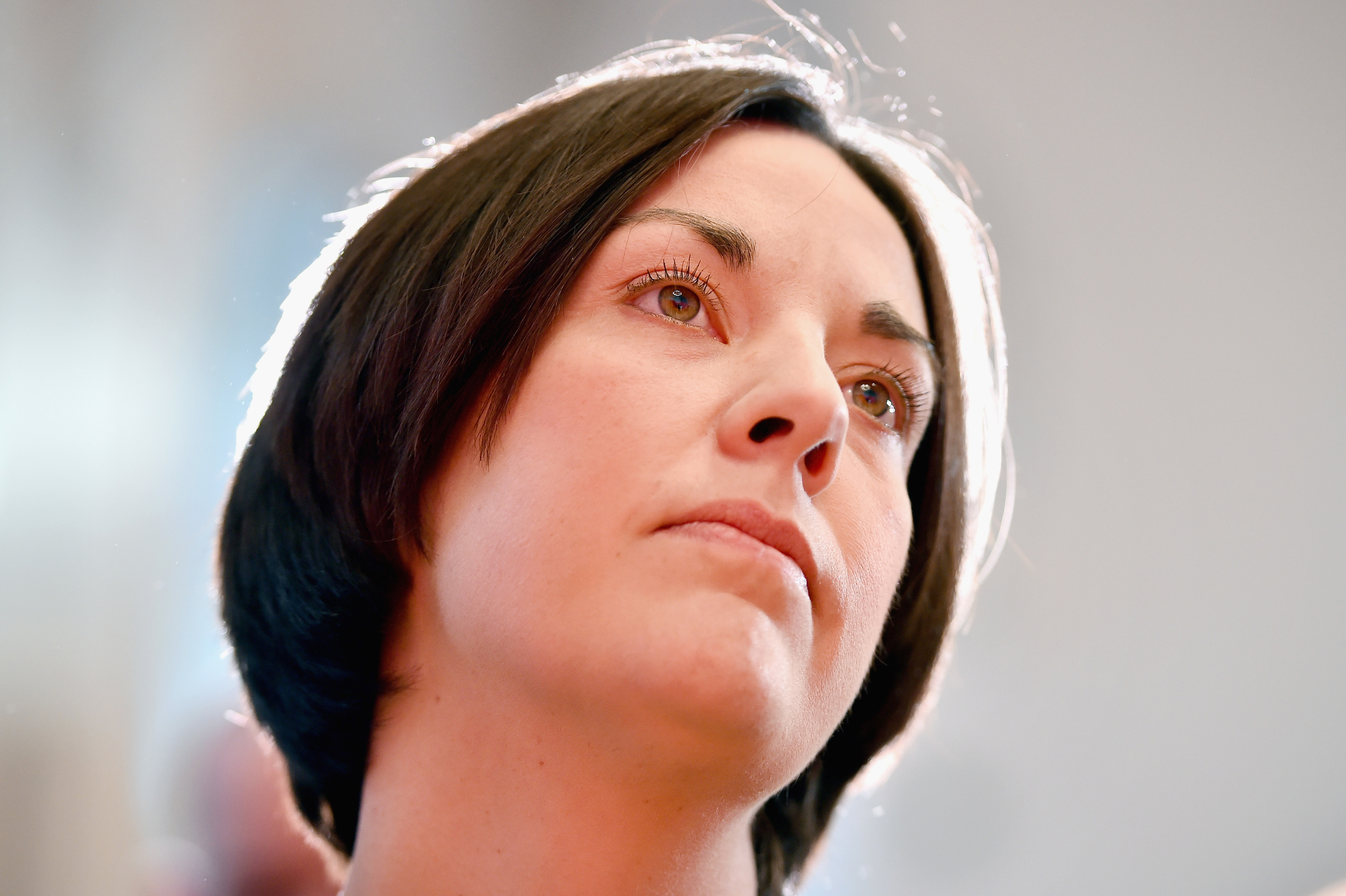Scottish Labour will not become the third largest party in Scottish politics, in terms of seats in the House of Commons, on June 8.
The SNP will win, obviously, and the Conservatives’ cementing of their place in second is well documented.
But Kezia Dugdale’s party will come fourth north of the border in the upcoming snap general election.
What has gone largely uncommented on since Theresa May decided to ruin everyone’s early summer, particularly those who are surprisingly enjoying football promotion playoffs, is the fact the Liberal Democrats are going to grow in Scotland
Not by much, admittedly, but they will probably have between three and, at a push, five MPs once the ballots have been counted next month.
Party insiders say Orkney and Shetland is almost certainly secure for the Libs, with Edinburgh West, East Dunbartonshire, North East Fife, and potentially another seat in the north of Scotland all in play.
As a result, they will likely end up with between two and five seats more than Labour, pushing the party that just seven years ago provided a Prime Minister from Kirkcaldy further down the pecking order when it comes to political relevance.
This is particularly problematic for Dugdale even if, as is almost certain, they have a larger vote share than the Liberals.
In little more than a year she will have been in charge for three crushingly embarrassing election results.
Only a fool would lay the blame solely at her door, of course, but Scottish Labour does regicide with the regularity of a morning cuppa.
In fact, if its politicians and backroom whisperers were half as good at campaigning as they are at conspiring and briefing against each other then they would be in pretty good shape for the upcoming vote.
A constant return to polling stations is part of the problem, though.
Dugdale is starting to find her feet as leader but she is trapped in a perpetual election cycle that benefits her opponents more than it does her.
Ruth Davidson, who let’s not forget was fighting for her job at roughly the same stage of her leadership of the Scottish Conservatives, is a excellent campaigner with a formidable spin machine and instinct for what the electorate wants to hear.
Nicola Sturgeon, meanwhile, is still riding on the crest of a wave with activists and voters energised by the independence referendum.
The SNP leader’s biggest problem is keeping these people eager but, while the timing of this election is far from ideal for her, there is still enough campaigning momentum there to keep things on track for her at the moment.
And the Lib Dems will do enough to say they are heading in the right direction, even though they are improving electorally at a pace that would make a snail laugh with derision.
Labour is struggling to keep up. Ian Murray may well return to Westminster for a third time but it is extremely unlikely he will have any pals from north of Berwick unless there are serious upsets in the likes of East Lothian or perhaps the likes of Kirkcaldy and Cowdenbeath.
So what to do?
Changing leader is the obvious and tempting solution but that seems like the kind of knee-jerk reaction that would lead to the party kicking itself in the face.
Dugdale is frankly the best option available at the moment.
Who else is going to do the job better? Health spokesman and former deputy leader Anas Sarwar is incredible ambitious but is unlikely to want the job right now, when it can only harm a career.
On the left, Neil Findlay did not enjoy his campaign against Jim Murphy in 2014 and has no interest in putting himself through something similar.
Current number two Alex Rowley may be an option, as might former trade union economist Richard Leonard, but neither have actively shown any interest up until this point, nor is it clear they would have the required support within the parliamentary group.
Of course, things look less than secure when a group of councillors in Aberdeen feel they can publicly undermine the leadership and take a suspension for breaching party rules.
It certainly deprives the party of the stability is currently craves.
What Scottish Labour probably needs more than anything is the opportunity for its leadership team to bed in and develop policies.
Sturgeon had 10 years learning under Alex Salmond.
Davidson still hasn’t produced much in the way of law making significance and, as mentioned before, took time to find her feet, voice and message on the doorsteps.
Dudgale needs to do the same. She needs to establish and cement what the Scottish Labour Party is all about and give the public something to vote for.
The party of Keir Hardie, John Smith and Gordon Brown should not resort itself to being a protest vote against nationalism. It must inspire.
There is some hard thinking to do for the soon-to-be fourth party of Scotland.
Before that, it will have to endure yet another hard election night.
